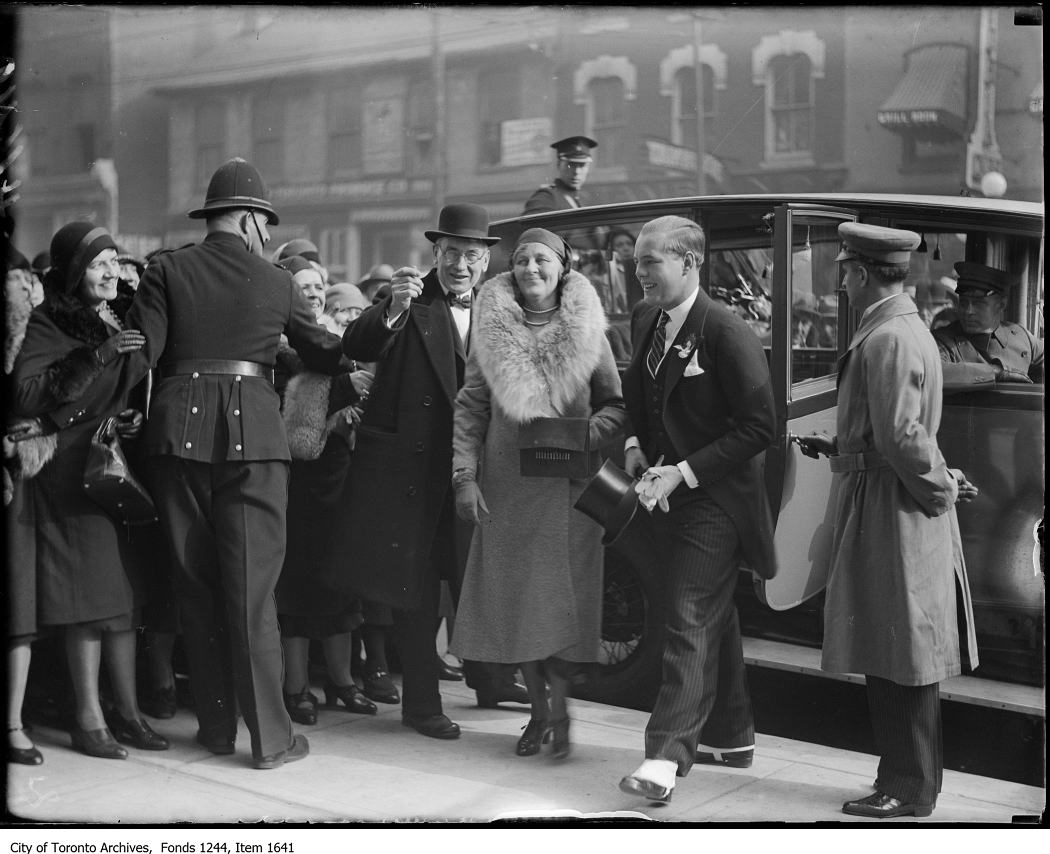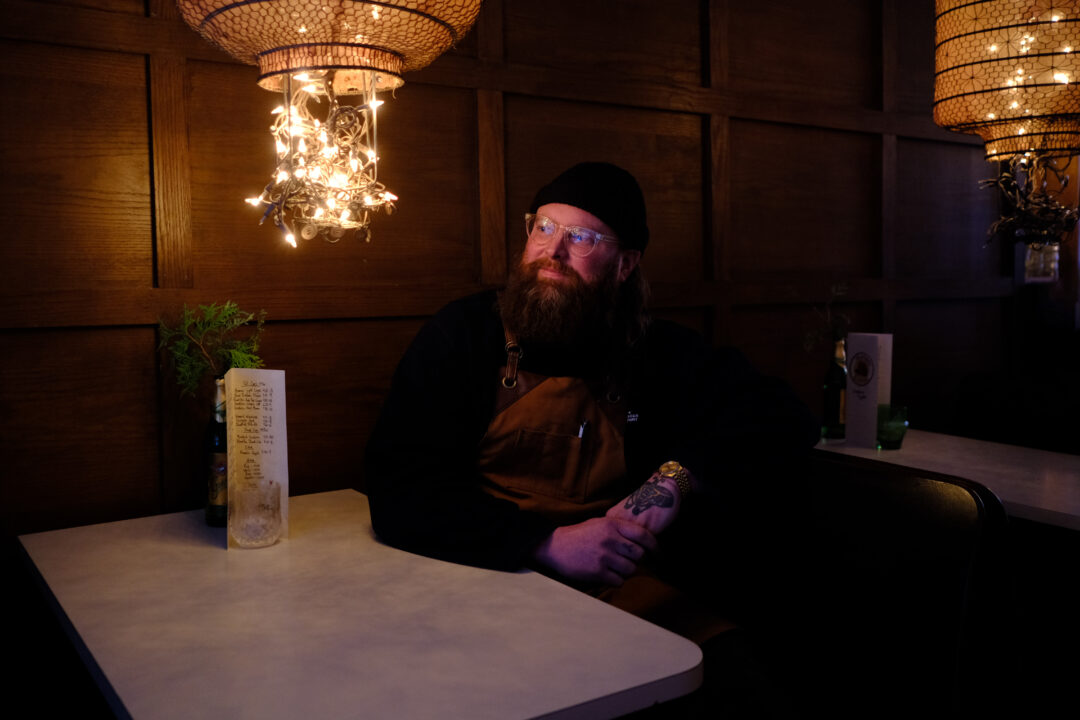Bruce Bell, Columnist –
In the 1920s the skyline of Toronto, once dominated by church spires, was subjugated by bank towers. The 1920s also saw the end of King Street as the premier shopping locale, as the city centre moved northward to Queen and Yonge Streets along with two department stores, Eaton’s and Simpsons.
Robert Simpson opened his Yonge Street store in 1872, but after his death in 1897 Simpsons didn’t stay a family-owned business. In the 1920s the little dry-goods store started to expand; by the end of the decade it took over the entire block.
Timothy Eaton opened his store across the street in 1869. By the time of his death in 1907 it had not only become the largest department store in Toronto, but was doing extensive mail-order business across Canada. After Timothy’s death, his son John Craig Eaton took over.
John Craig built an enormous estate next to Casa Loma called Ardwold, Gaelic for high green hill. The great mansion was demolished in 1936; because it was built to last a lifetime, dynamite was needed to bring it down. This vast property was eventually divided into a high-end neighbourhood named Ardwold Gate, where today only the gate lodge on Spadina Road still stands.
A section of the main gates to Ardwold were salvaged and were once displayed in the back courtyard of Biagio’s Restaurant between St. Lawrence Hall and the new North Market. These ornate gates were removed when the North Market was under construction, but will be on display once again when it opens.
The Eaton family was treated as if they were royalty. John Craig was knighted in 1915, they built Timothy Eaton Memorial Church on St. Clair Avenue, and beginning in 1905 the company started an annual Christmas parade.
John Craig was 47 when he died in 1922 and the empire fell to his 13-year-old son John David Eaton. Cousin RY Eaton acted as regent until the boy reached adulthood, but there was no doubt about the power behind the throne: John Craig’s widow, Lady Eaton. The couple met when John Craig was admitted to a sanitarium for his alcohol addiction; Flora McCrae was his nurse.
In the 1920s Eaton’s was seen as a department store with something for everyone, whereas Simpson’s was viewed as higher end. To appeal to the upper-class market, Eaton’s decided to built a new flagship store on College Street.
In 1910 Eaton’s began to buy land at Yonge and College Streets, but the First World War put building plans on hold. After the war Eaton’s planned to move all its operations from Yonge and Queen to the yet un-built College Street site.
In 1928, Eaton’s announced it would build the largest retail and office complex in the world, including a 38-storey massive art deco skyscraper. But once again fate intervened: the Great Depression forced the company to scale back the massive project.
On October 30, 1930, the new store was opened by Lady Eaton and her son, John David, who 12 years later would be the president of the company.
Eaton’s Queen Street never closed as originally planned and the company ran a shuttle bus the few blocks between the two stores until Toronto’s subway opened in 1954.
When Eaton’s College opened, Torontonians gasped at its beauty and contemporary decorative architecture. From light fixtures to elevator doors to sweeping marble staircases, everything was done in the elegant and popular Art Moderne style.
French architect Jacques Carlu, who later designed the Rockefeller Center’s Rainbow Room in New York City was hired to design the 1300-seat Eaton Auditorium and the graceful Round Room restaurant. Eaton’s Seventh Floor became the heart of Toronto’s social scene for decades.
Regardless, in 1977 both the Queen and College Eaton’s were closed in favour of the brand-new Eaton Centre, a version of the store reopened at Dundas Street until the 1990s.
Luckily the art deco masterpiece that was the College Street store was spared the fate of the demolished Queen Street Eaton’s. Transformed into College Park, it retained most of its exquisite features including stainless steel hanging light fixtures and broad marble entryways.
Today College Park includes a residential apartment building, a 30-storey glass and steel office building, a massive Winners store, a courthouse and various offices and small boutiques. Its legendary seventh floor, the former Eaton Auditorium and Round Room restaurant, was beautifully restored in 2003 and renamed the Carlu – looking almost the same as it did in 1930.




